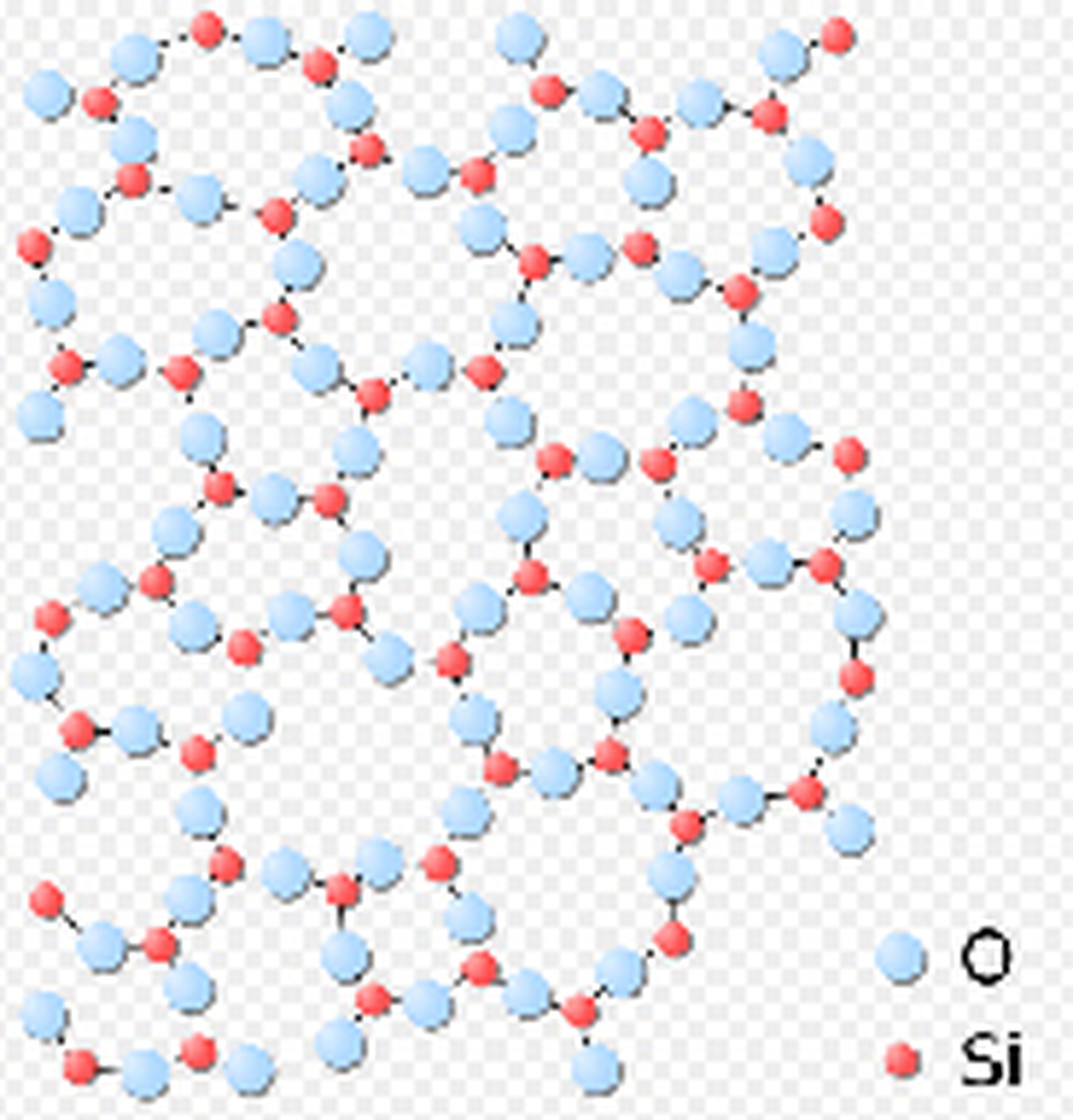Museo del Design del Friuli Venezia Giulia – Associazione di Promozione Sociale
P. IVA e CF 02863400301 – info@mudefri.it
MuDeFri is a project of significant cultural value and was therefore eligible for the Friuli Venezia
Giulia Autonomous Region’s incubation programme. Download the Mudefri development
project.

This is the story of a business venture cited in the Treccani encyclopaedia as an historic milestone in research into synthetic materials. In Italy the manufacture of Vetroresina© (glass fibre-reinforced polyester resin) is associated with two entrepreneurs from Udine, Gian Pietro Borgnolo and Giovanni Spangaro, who invented, patented and held the rights over the name until 2000. The Design Museum of Friuli Venezia Giulia describes Borgnolo’s vision to apply this new material to everyday objects. The success of the companies he founded was due to the production of large plants such as silos and piping, but he also experimented with furniture or products for sporting activities. In his final years he was in the process of developing a project to produce clean energy from the sea, a topic dealt with in the latest design research. This exhibition gives a brief historic account starting out precisely with his projects, and begins with Eugenio Monti’s bobsleigh.

Photograph taken at the 1970 Expo held in Osaka (p.c. Mario De Biasi for Epoca). The bobsleigh with which Eugenio Monti, an athlete from South Tyrol (whose mother was from Carnia, Friuli), won the Grenoble 1968 Olympic Games was presented as an example of Italian excellence. It had been constructed by the Friuli-based company Vetroresina©.


what is
Vetroresina©?
Roberto Burlon, chemist
As the name says, glass fibre-reinforced polyester resin is a material produced by combining GLASS and RESIN. As a simple search on the Internet shows, for centuries people have known how to produce fibreglass but only in 1880 did someone patent a technique to produce it on an industrial scale. We also learn that VETRORESINA© was produced for the first time in Italy in 1926, as part of research into ultra-light materials commissioned by the aeronautical industry. We learn that only in 1936 did the chemical industry create a resin specially formulated for combining with fibreglass, which enabled articles to be manufactured on a large scale. We then learn that a long chronological sequence of events gradually facilitated production and improved the quality both of the fibreglass and resinous matrix, as well as the combination of these two, which make up this special composite material called glass fibre- reinforced polyester resin.